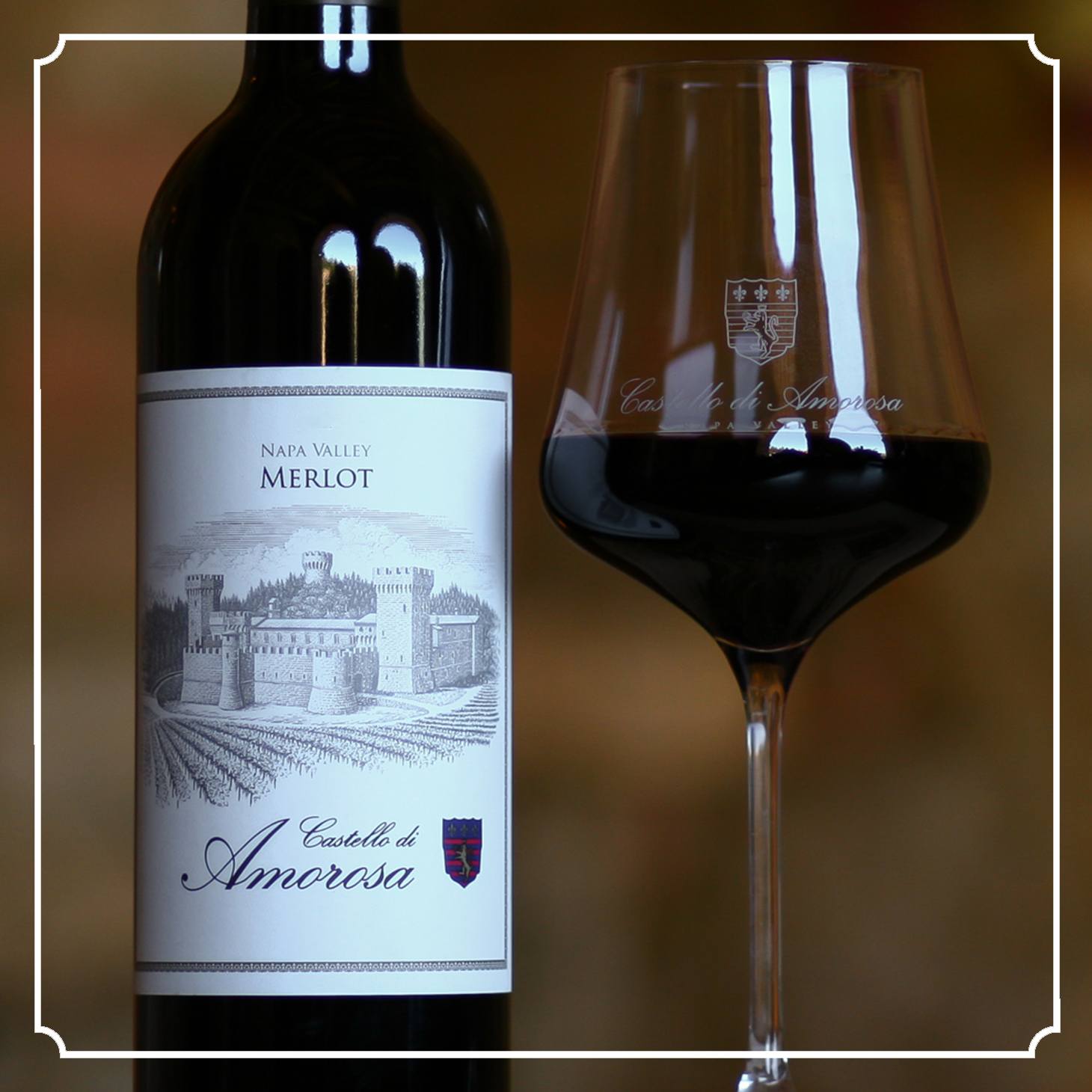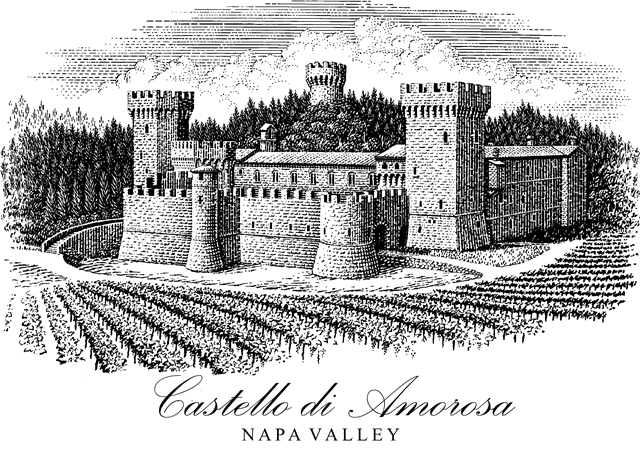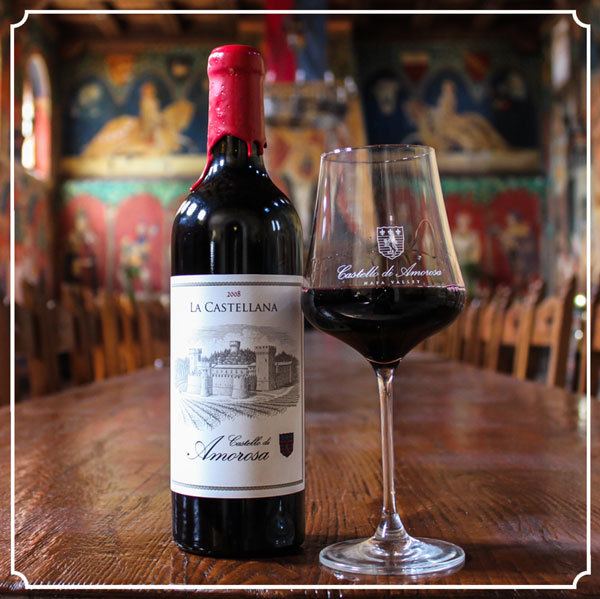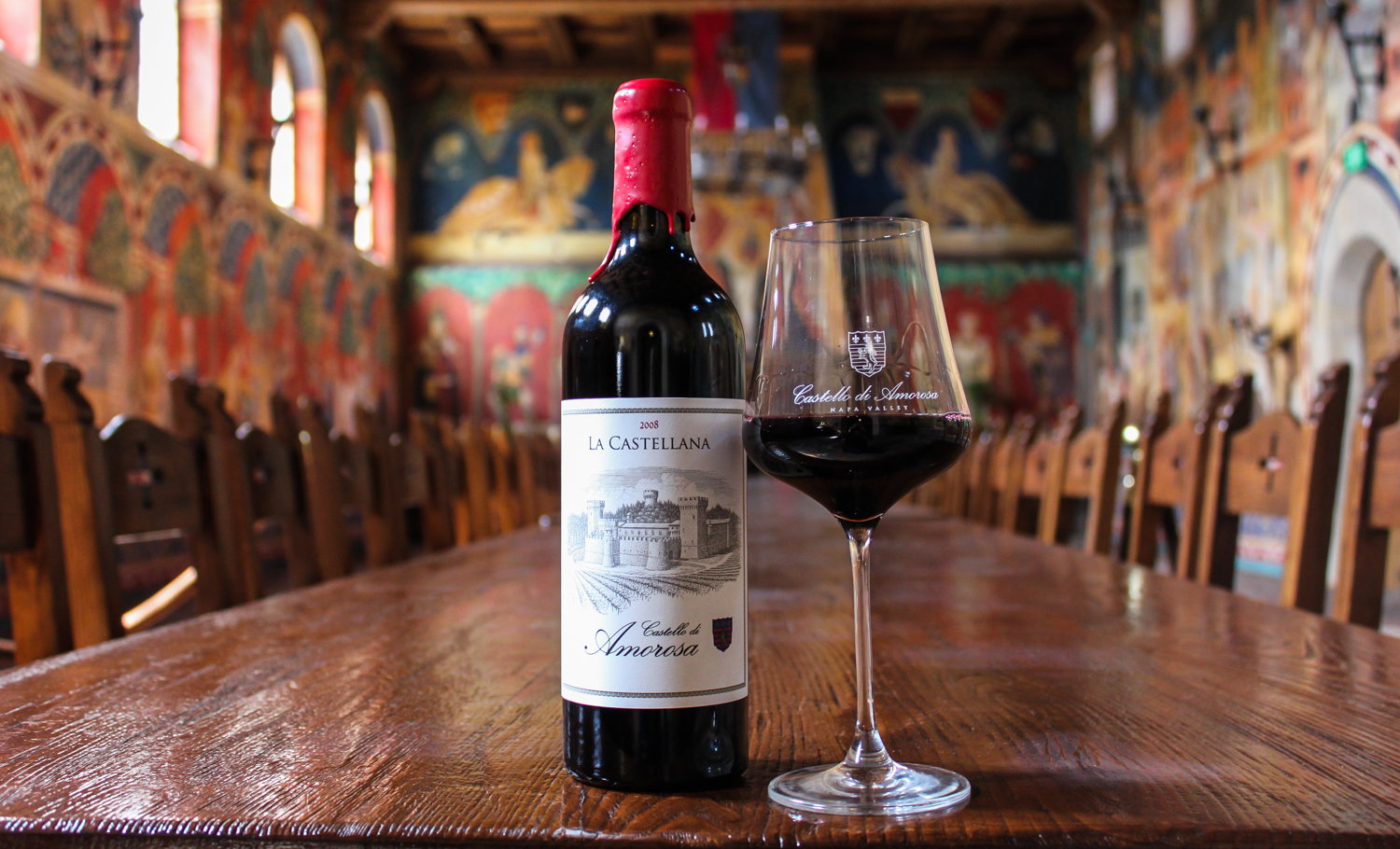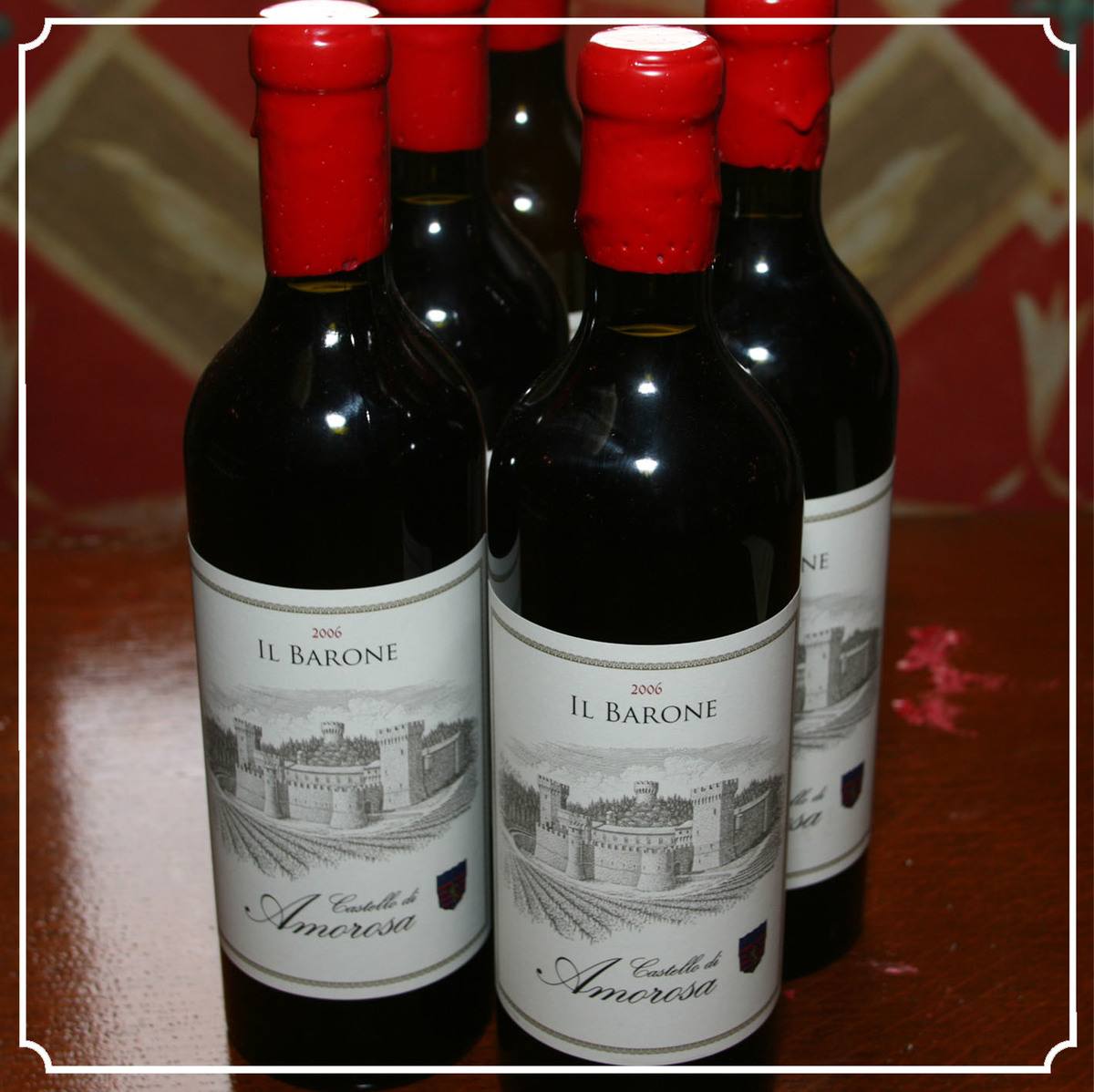The Perfect Blend

Mary Davidek
The Perfect Wine Blend: Blending Grapes & Varietals
We are getting ready for a wedding in our family, my step-daughter is getting married in September. Last week my husband and I had a pre-nuptial trip to Boise, Idaho for talks of wedding plans. This was all to be considered and discussed at a dinner which included my husband’s first wife along with the future parents-in- law, yikes! Decisions had to be made on apparel, cakes, invitations, shoes, music, relatives and ever-growing extended families. The evening was an interesting and diverse mix of people with varied relationships and ages spanning from 25 to 65. There were enough backgrounds and life events to fill a night’s conversations with entertaining and thought-provoking stories. No topic was out of bounds or taboo as we covered everything from the best way to ripen avocados to current affairs to wedding invitations. It was a great evening of fun, laughter and growth. As we were tidying up my step-daughter said to me, “wow, tonight was certainly an interesting blend”.
Which, of course, made me think about wine. Totally understandable as the evening had consisted of at least 4 different bottles of vino and they were– blends. While some varietals like Pinot Noir or Chardonnay are best as a single varietal because blending can overwhelm the unique characteristics of thin-skinned grapes, many varietals suffer from this imposed solitary confinement. Wine blends often deliver increased complexity and are more interesting than single varietal wines. In fact, some of the world’s greatest wines are made from a blend of grapes rather than a single varietal.
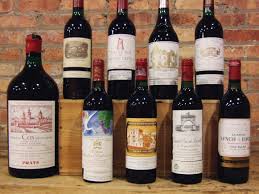
Some of the most prestigious wines in the world are blends. Bordeaux wines from the left bank of the Gironde River in France are typically blends of Cabernet Sauvignon with Merlot and Cabernet Franc. When blending Bordeaux varietals in the U.S. they are known as Meritage blends.The pronunciation is often subject of debate but the correct usage rhymes with heritage.
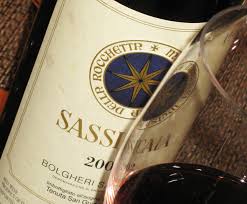
Sassicaia is approximately 15% Cabernet Franc blended with Cabernet Sauvignon to create one of the most sought after and priciest Super Tuscan wines made.
Robert Parker of Wine Advocate described Castello di Amorosa ‘s Super Tuscan blend, La Castellana as “Full-bodied, lush and seductive”. La Castellana marries Sangiovese and Merlot with Cabernet Sauvignon to create this blended masterpiece.
Blending grapes gives the advantage and potential of adding complexity to the resulting wine blend and provides a tapestry of multiple flavors and aromatics. It also offers an opportunity to achieve balance– the happy ‘marriage’ of fruit, acid, tannin, alcohol, and oak that makes great wines sing in perfect harmonic splendor and not-so-great wines seem full of wrong notes and missed opportunities.
People and grapes, we’re not so different.
How do You Measure a Year?

Mary Davidek
How do you measure a year?
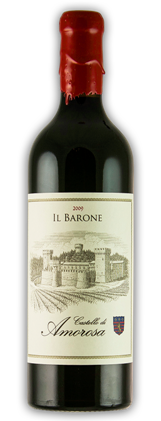
As 2012 came to a close and we rang in another year of new beginnings, fresh starts and clean slates, I reflected on the past 365 days. How did 2012 Measure up? Did I live each day to the fullest or did I just do time?
Each January first we receive a one-year sentence and thus begin the process of turning the proverbial page on birthdays, dentist appointments, holidays, and oil changes—they all come and go with the steady turn of months. Is this the measure of a year? Flipping pages…simply doing time.
What about grapes? How will the 2012 vintage measure in Napa Valley? Here at Castello di Amorosa, amidst the sprawling vineyards of Napa Valley, the concept of measuring time takes on a richer, more flavorful meaning. With near-idyllic weather conditions dominating the growing season, vintage 2012 shows great promise. We will know the extent of this hopeful success in the years ahead when we taste the matured wine. Until then we will keep watch on this cellared expectation as we sample from the barrels…and wait. I recall tasting the 2009 Il Barone just a few years ago. Drawn from the barrel the young Cabernet was tannic, aggressive, almost abrasive in its blatant immaturity. Last month I pulled the cork on a bottle and the seductive notes of black cherry and licorice jumped from the bottle. The once angry tannins are settling into a presentation of refined strength. Time has served it well. This metamorphosis, guided by the hands of time and the expertise of winemakers, encapsulates the true measure of a year in Napa Valley.
From today forward, this is how I will measure my years… my vintages. How do I know if 2012 was a success? There are beautiful memories and experiences that I will savor for years to come as well as “learning moments” that I cannot say, that at this time, I can look upon so fondly. Perhaps in a few years, I will look back fully able to appreciate and comprehend all I experienced in 2012.
Before this full potential can be realized, however, it needs to do some time.
Happy New Year
Mary Davidek, C.S., C.S.W
